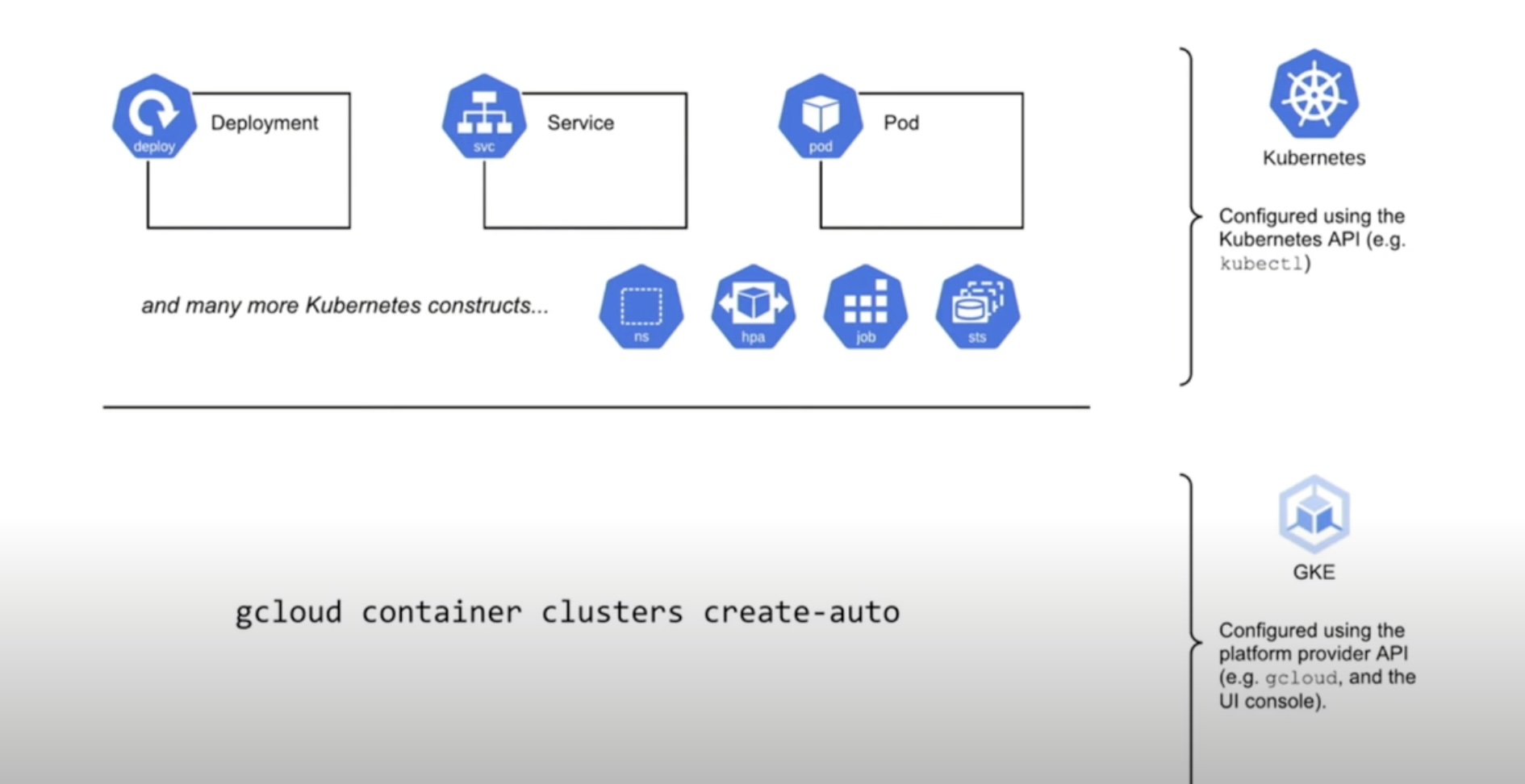Managed services are proving their pull in IT. These services handle a range of IT processes and functions, keeping internal resources free for core processes, and budgetary expenses low.
Managed services have their roots in outsourcing. Beginning of this century, big companies started delegating off IT operations and business processes to external vendors. But the risks and cost considerations were significant.
The ascent of managed services replaced expensive outsourcing deals with easy, consumable, and precisely-calibrated services. Instantly, they became an attractive option for companies that cannot hire resources internally, or when their teams are stretched thin.
A Managed Kubernetes Service by Google Cloud
Google Cloud has a diversified portfolio when it comes to managed services. All its services are designed to take complex infrastructural tasks off of the hands of IT personnel.
The services come in various shapes and sizes, and promise big payoffs. One such solution is Google Kubernetes Engine, or GKE. GKE is a managed Kubernetes service on GCP that promises a serverless Kubernetes experience. Google Cloud describes it as the desired Kubernetes that everybody wants to have.
“I often advice people to not necessarily focus on making simple tasks simpler, but making complex tasks possible,” said William Denniss, product manager at Google Cloud, while showcasing GKE Autopilot at the Cloud Field Day event in Silicon Valley.
Kubernetes has been a disruptive technology, both in good and bad ways. On one hand, it has presented the rare opportunity to sweep away operational tasks around container management that both complex and time-consuming. On the flip side, it has architectural complexity that intimidates even the most gifted developers.
With GKE, Google Cloud lowers the learning curve, allowing teams to leverage Kubernetes with little to not expertise.
It takes full responsibility of the control plane. “You just get an API point. Google would create the worker nodes, do the upgrades, and would even automatically repair them,” said Denniss.
This model lowers the skill bar, encouraging enterprises without a big workforce to tap into Kubernetes. However, GKE by itself, is not a wholly managed solution for a couple reasons. First, it lets users have full access of the worker nodes.
That leaves a fair bit of configuration for customers to handle. “You basically have Kubernetes as an API, the cloud platform where you have to configure worker nodes, and underneath that are the actual VMs.”
Additionally, for security and associated things, he said, users have to, “at least be on some level” involved.
The nodes are on a shared responsibility model which is to say that the responsibility of protecting them falls equally on the vendor and the customer.
“The better API would actually just be the one that people came for – just the Kubernetes part without the rest of it,” he said.
Doubling Down on Serverless with Autopilot
To make it a fully hands-off operation, three years back, Google Cloud released GKE Autopilot.
Packaged as an operations mode within GKE, Autopilot is designed to shrink down the API surface to a bare minimum. This allows users to manage the underlying compute without any configuration or monitoring work.
For example, if a worker node is experiencing issues, in GKE Autopilot mode, Google Cloud is on the hook for fixing it.

Creating a cluster in Autopilot is super-simple. It involves a few easy steps – naming the cluster, picking a region, and choosing the network – and a cluster is ready to deploy within moments.
“You could literally run a Fortune 500 Black Friday ecommerce site on it now,” says Denniss.
GKE takes care of all the underlying provisioning, configuring and management of resources.
Users can entirely bypass provisioning each instance individually with the pre-defined specifications. “Autopilot takes that specification and uses that to provision the node resource.”
However, there is one caveat to note. Certain workloads are off-limits on Autopilot mode because of the deep abstraction it offers. “There are certain workloads that will not run in Autopilot mode because you are trading off that privileged access,” Denniss reminds.
Customers who prefer to customize the nodes by hand as opposed to using ready ones provided by Google Cloud, must consider using GKE without Autopilot.
Since it went public, Google Cloud has tweaked and re-tweaked GKE Autopilot to make it more open and extensible. Over the past three years, it has added partners like Data Dog and Aqua Security through certified partner programs to extend its compatibility with external solutions.
“We’re constantly trying to give you as much control as possible without compromising the whole point of the product which is managing stuff for you.”
To know more, watch Google Cloud’s presentations from the Cloud Field Day event at Techfieldday.com.

